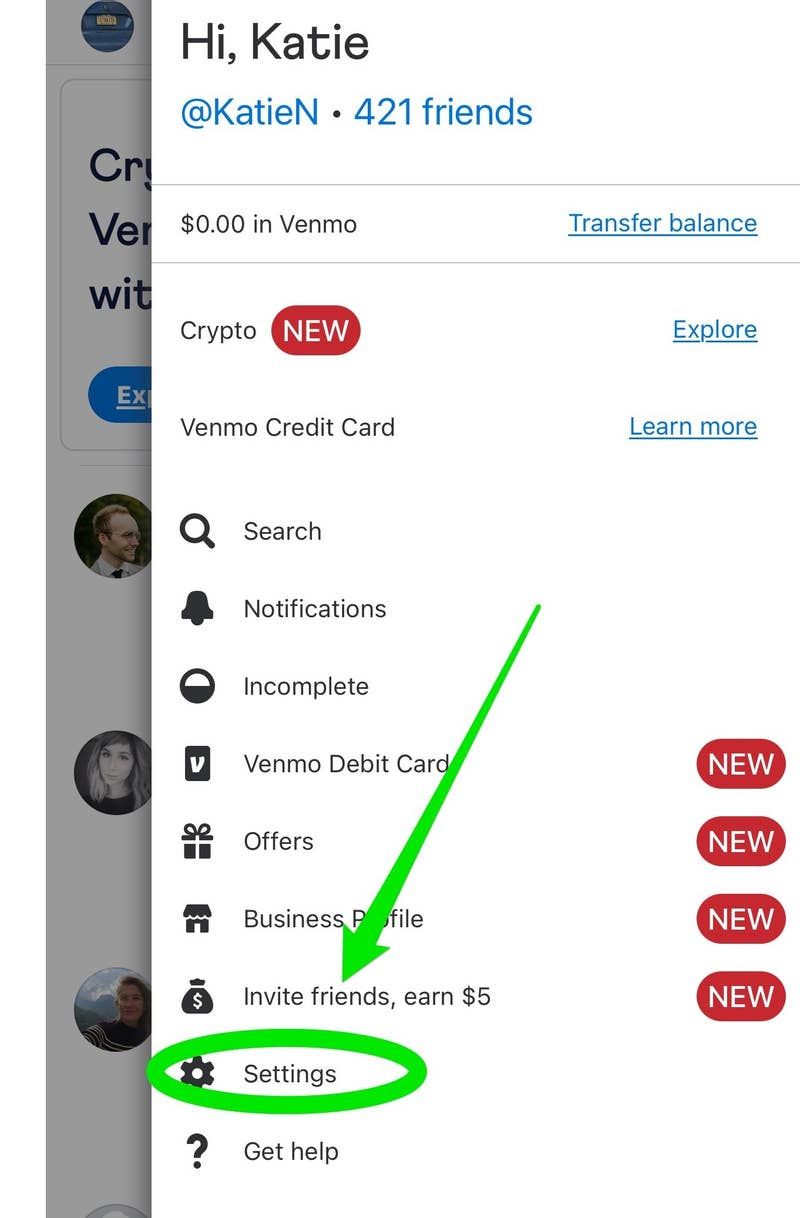
Don’t feel bad if you didn’t know this: The company didn’t mention it in its privacy policy until September. Venmo friend lists are visible to other users and can’t be made private. To check your syncing status-and switch it off-go to Settings > Friends & Social. I don’t normally sync contacts, but when I signed up for Venmo in 2015, I enabled syncing. You might assume you have to click Allow, but you can hit Decline and still create an account. If iPhone users select Next, they see an iOS popup asking for contact access. You can go back or forward, but there’s no Skip or Not Now button. When users create a Venmo account, they’re asked to sync their contacts. When signing up for a Venmo account, you have the option to skip Facebook friend syncing by tapping Not Now, but there is no similar button for phone-contact syncing. Contact Syncing Isn’t Mandatory (But Appears to Be) When signing up for a Venmo account, you have the option to skip Facebook friend syncing by tapping Not Now, but there is no similar button for phone-contact syncing. To change who can see your old posts, go to Privacy > Past Transactions.Ģ. You can choose Friends or Private, which means a transaction will be visible only to you and the person you exchanged money with. To change that, tap the three lines in the app’s top left corner, select settings and then hit Privacy. That means unless you change your settings, anyone (researchers included) can see whom you paid. All these posts are publicly visible by default. Venmo’s social feed is populated by transactions between users. PHOTO: VENMOīecause Venmo’s default privacy setting is Public-allowing all transactions to be seen by Venmo users-you should go in and change it to Friends or, better yet, Private.īecause Venmo’s default privacy setting is Public-allowing all transactions to be seen by Venmo users-you should go in and change it to Friends or, better yet, Private. Venmo Transactions Are Public by Default Because Venmo’s default privacy setting is Public-allowing all transactions to be seen by Venmo users-you should go in and change it to Friends or, better yet, Private. Here’s what I learned, and what you can do to protect yourself on Venmo:ġ. Figuring that out took far more digging than users should reasonably have to deal with. Between the uproar this past summer over the app’s public-by-default settings, the enduring inability to make your “friend” list private, and my feeling like a potential victim of a HIPAA violation, I started wondering if I-or anyone else-should really be using the app. Still, Venmo has so far been unwilling to make privacy adjustments to some of the features many users have issues with. But Venmo has a spotty record on privacy and transparency: In February, the FTC announced a settlement with Venmo’s parent company, PayPal Holdings Inc., after finding Venmo “misled consumers about the extent to which they could control the privacy of their transactions.” PayPal didn’t pay a fine but agreed to make privacy-policy updates and to make sharing controls clearer. Theoretically, Venmo lets users control who sees those posted items. By default, it posts those transactions in a social-media-style feed-seeing who shared meals and drinks with whom, and which emojis they favor, can make an otherwise boring process mildly entertaining. Venmo does well what it’s supposed to do: let friends exchange money quickly and easily.

It hit me that I was scrolling through a list that included a psychologist’s patients. I went to her profile, clicked on her friend list and saw another name I recognized, the friend who initially referred me. But one name horrified me above all others: my former therapist. Seeing names I didn’t recognize and couldn’t find in my contacts was baffling. Seeing someone I’d blocked on Facebook was unsettling. Seeing the names of people I’d been on dates with years ago was jarring. Few social-media experiences have made me cringe more than viewing my “friend” list on the peer-to-peer payment app Venmo for the first time.


 0 kommentar(er)
0 kommentar(er)
